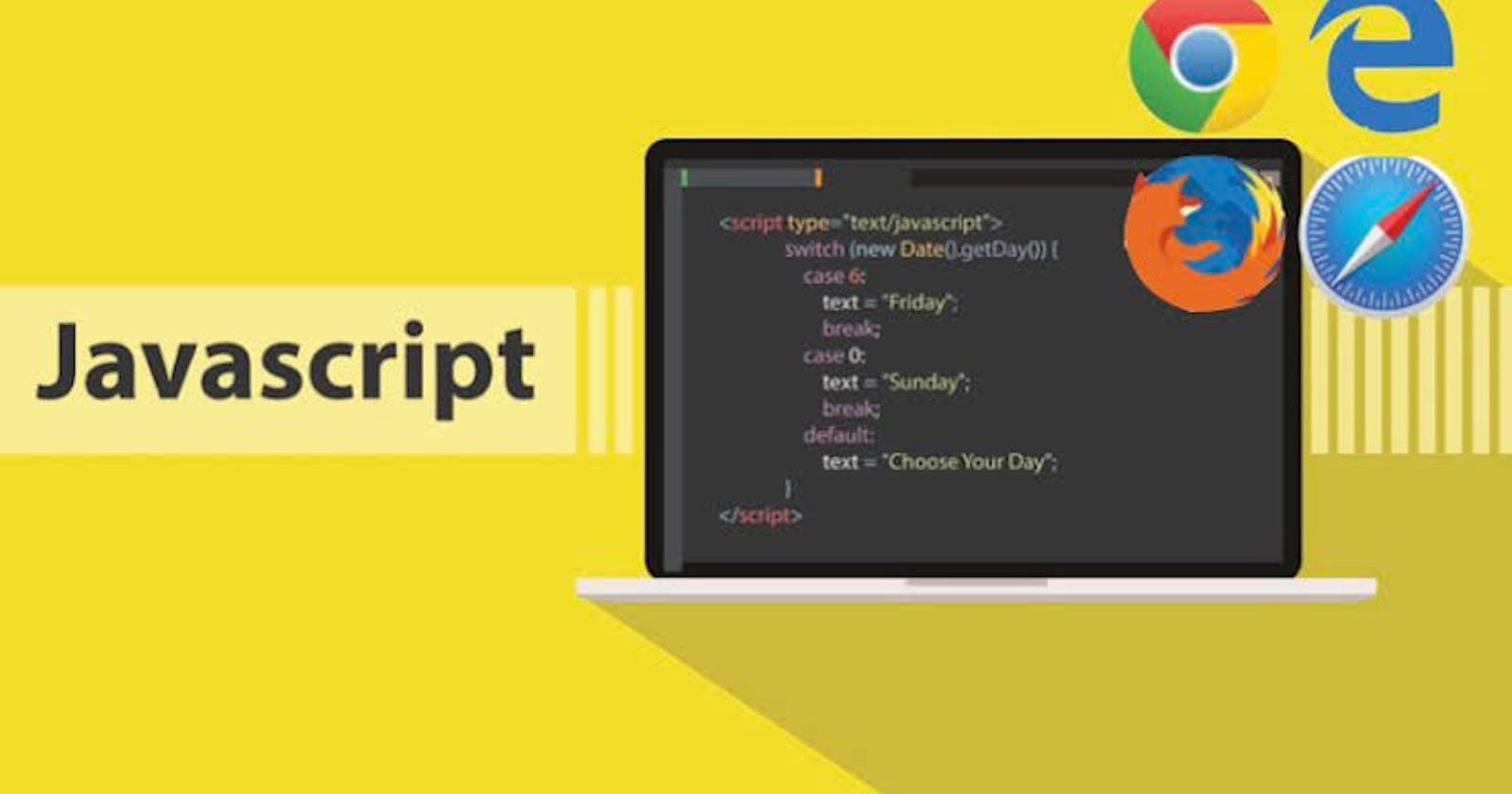Table of contents
No headings in the article.
JavaScript is one of the most popular high-level programming languages. It boasts as a cross-platform, lightweight code lang which is compiled through an interpreter. In other words, JavaScript is an interpreted programming language.
Why is JavaScript popular in the tech ecosystem? The language can be applied for a wide range of functions which include: web development (both server-side and client-side developments), cloud development, mobile apps and so on.
For most developers, JavaScript is regarded as the language of the web. Unlike many other languages that can be run as executable files, JavaScript codes are executed in the consoles of browsers.
As a language, JavaScript is both declarative and imperative. It contains a several standard libraries such as Math, Date, Array and a core set of language syntax elements like conditional statements, arithmetic operators, variables, arrow functions, etc. JavaScript is, definitely, a powerful programming language!
Let's take a look at some of the core functionalities of JavaScript.
Client-side: It provides objects for a browser's Document Object Model to be controlled (DOM). In the same way that client-side extensions enable applications to add items to HTML forms and react to user actions like mouse clicks, form input, and page movements. Among the numerous useful libraries for the client-side are AngularJS, ReactJS, and VueJS.
Server-side: It provides items necessary for a server running JavaScript to function. For example, if server-side extensions allow a program to interact with a database, give information continuity from one invocation of the application to another, or manipulate files on a server. These days, Node.js is the most well-known and practical framework.
Imperative language: In this kind of language, our main concern is with the process. It only regulates the computation's flow. The object-oriented approach and procedural programming approaches fall under this category. When using async await, we consider what needs to be done after the async call.
Declarative language: We worry about how things should be done in this kind of language because logical computation is generally necessary. Here, describing the desired outcome is the major purpose rather than giving explicit instructions on how to get it, like the arrow function does.
Above are some of the core functionalities of the web language — JavaScript. Moreover, let's also take a look at some of the practical applications of the language.
Web Applications: Technology has advanced browsers to the point that developing effective web apps now requires the use of a language. In order to navigate a map in Google Maps, we simply click and drag the mouse. A single click will bring up any detailed view, and JavaScript is the only thing that makes this possible. Application Programming Interfaces (APIs) are used to provide the code more capability. In this area, the Electron and React are useful.
Games development: JavaScript is useful not only for webpages but also for building leisurely games. The popularity of JavaScript in game development is due to its integration with HTML 5. It offers the EaseJS library, which offers methods for interacting with detailed graphics.
Machine Learning: Utilizing machine learning, this JavaScript ml5.js package can be used for web development.
Mobile Apps development: JavaScript can also be used to create applications that are not web-based. JavaScript is an effective tool for developing mobile applications because of its capabilities and applications. This is a JavaScript framework for creating websites and mobile applications. We can create mobile applications for several operating systems using React Native. There is no need for us to write code for several systems. Publish it once and use it anywhere!
Web Development: Including behavior and interactivity in static websites To do this, JavaScript was developed in 1995. That is made possible by AngularJS and is really simple to do.
So, these are some of the industrial applications of JavaScript discussed above.
Because of its simple implementation, low CPU utilization, and simple grammar, JavaScript is regarded as being lightweight. In terms of minimal syntax, there are no data types. Here, everything is viewed as an item. Due to its syntax being identical to that of C++ and Java, it is fairly simple to learn.
A language that is lightweight uses less of your CPU's resources. Your CPU and RAM aren't overworked by it. JavaScript utilizes less resources than other languages because it operates in the browser despite having extensive paradigms and logic. For instance, NodeJs, a JavaScript variant, utilizes fewer resources than Dart or Java while yet performing computations more quickly.
JavaScript is most commonly used for creating web pages, but it is also utilized in many other situations outside of browsers.
